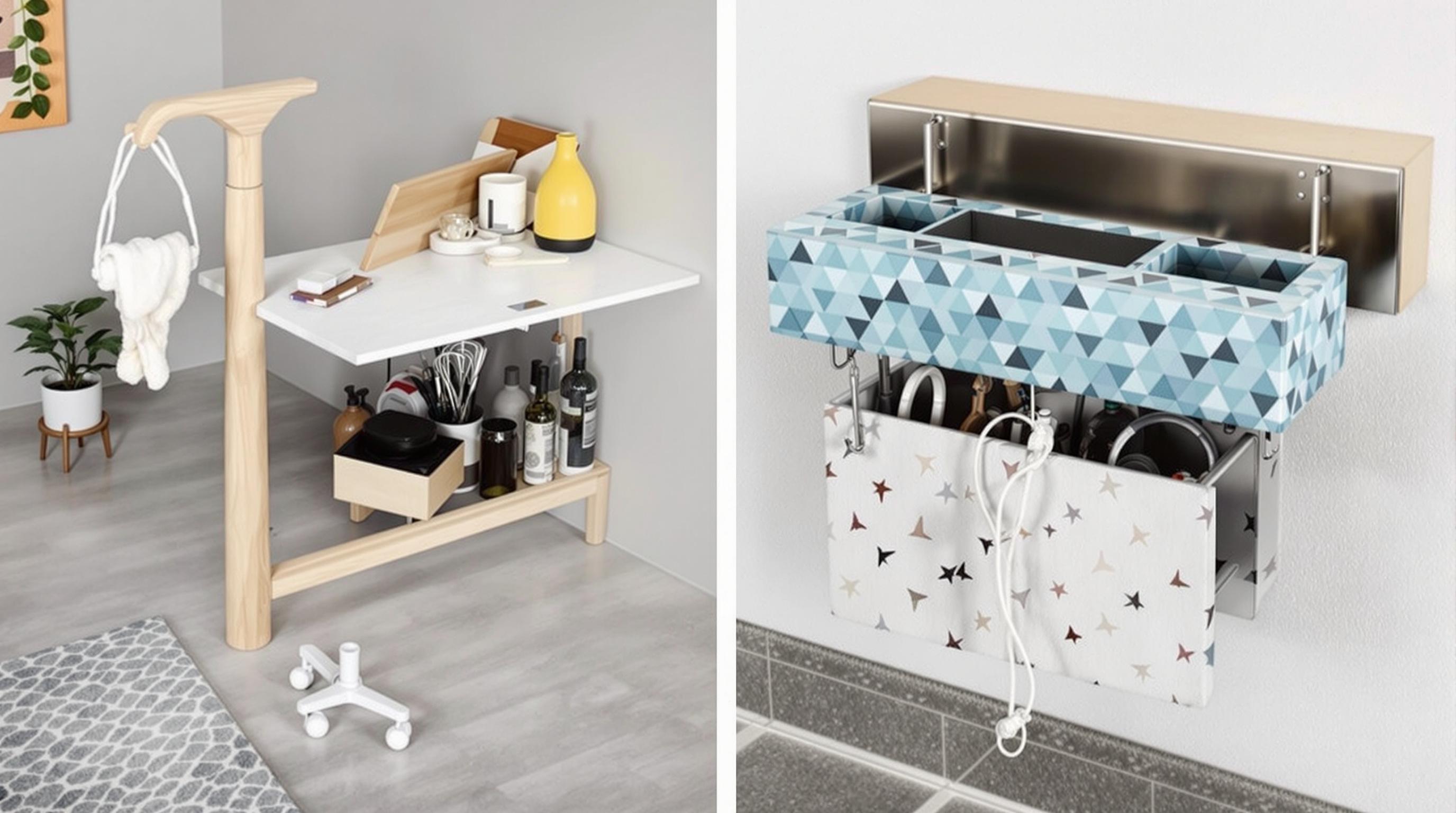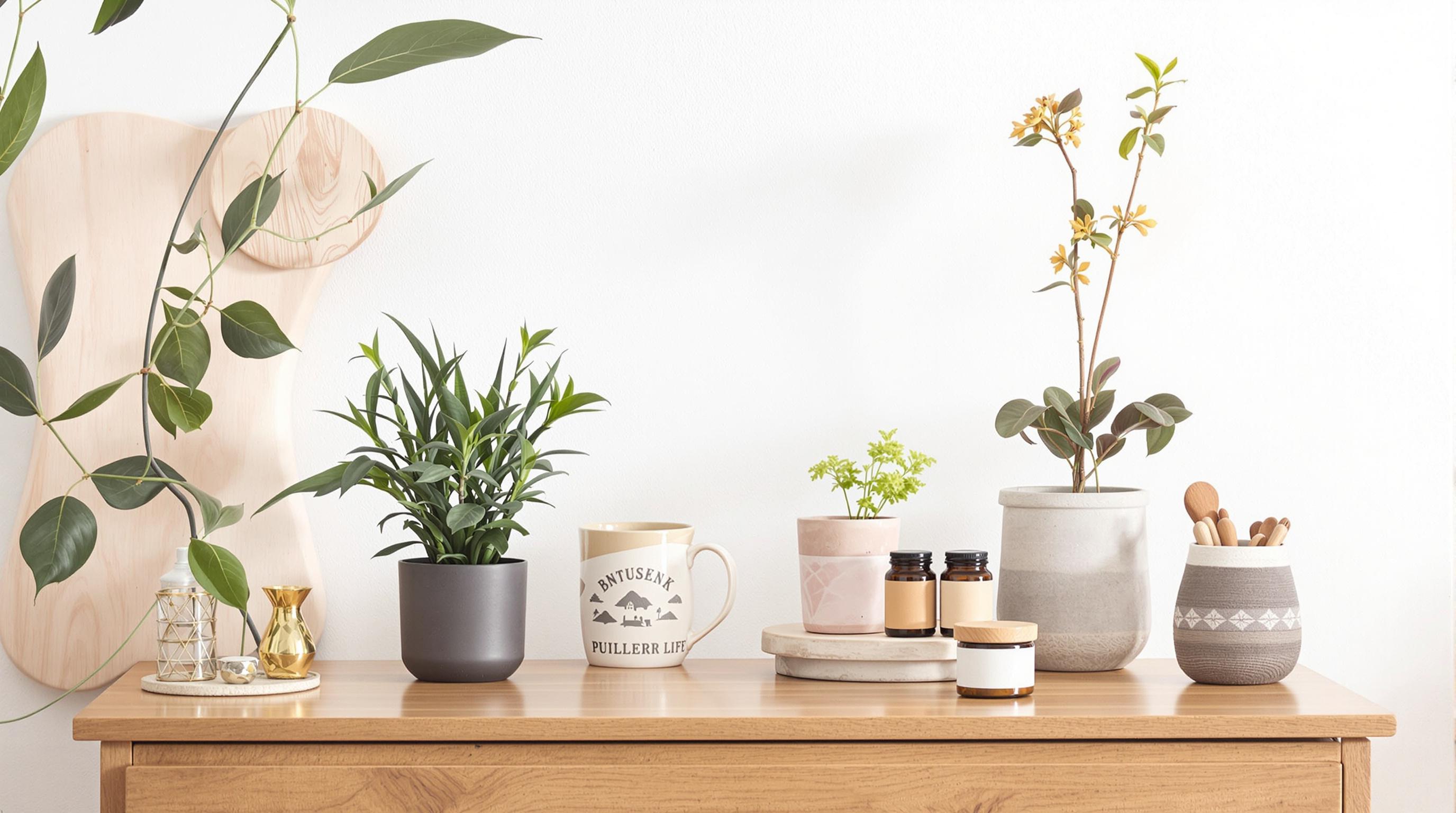Related Articles
- The Hidden Influence of Ergonomics: How Tool Design Shapes Our Physical Spaces and Daily Lives
- The Silent Influence: How Hidden Home Implements Shape Our Daily Routines and Spaces
- The Counterintuitive Role of Chaos: How Messy Tool Storage Can Lead to Unexpected Home Innovations
- Exploring the Unseen: How Audio Experiences Shape the Art of Domestic Spaces and Color Perception
- Rethinking the Mundane: How Everyday Objects are Becoming the Canvas for Modern Artistic Expression in Home Spaces
- Cultivating Chaos: The Surprising Benefits of Embracing Weeds in Your Garden Ecosystem
8 Unique Home Tools and Materials That Optimize Space Efficiency and Inspire Clever Design Solutions for Small Living Areas
8 Unique Home Tools and Materials That Optimize Space Efficiency and Inspire Clever Design Solutions for Small Living Areas
8 Unique Home Tools and Materials That Optimize Space Efficiency and Inspire Clever Design Solutions for Small Living Areas
1. Modular Furniture
Modular furniture is at the forefront of smart design for small spaces. This innovative approach allows pieces to be rearranged, expanded, or contracted, accommodating various needs and preferences without permanent alterations. A modular sofa, for example, can morph from a compact two-seater to a sprawling sectional, providing both versatility and comfort.
Companies like Resource Furniture have revolutionized small living by offering pieces that are not only designed for function but are also aesthetically pleasing. By rethinking traditional layouts and blending them into cohesive units, modular furniture encourages smarter use of space and fosters creativity in interior design.
Furthermore, the shift towards modular systems speaks to a growing trend of personalization. Homeowners can curate their environments, combining modules to reflect individuality, thereby instilling a sense of ownership in their living spaces.
2. Multipurpose Home Office Solutions
As remote work becomes increasingly common, creating a functional workspace within small living areas has become essential. Multipurpose furniture, such as foldable desks or wall-mounted workstations, offer a practical solution. These tools allow individuals to integrate an office setup without compromising precious floor space.
Brands like Uplift Desk have started to offer designs that fit seamlessly into your home while providing flexibility. Ergonomic features paired with stylish aesthetics ensure that your workspace is both comfortable and visually integrated into your living area.
Additionally, incorporating built-in storage within these office solutions can further enhance space efficiency. Utilizing vertical elements like shelves and cabinets allows individuals to organize their work-from-home essentials while minimizing clutter.
3. Wall-Mounted Storage Systems
Utilizing vertical space is essential in small environments, and wall-mounted storage systems are a perfect way to achieve that. These systems can come in various forms, from shelving units to hooks and magnetic strips, creatively using often-overlooked areas.
Companies such as IKEA offer adaptable wall-mounted options that help minimize floor space consumption. These solutions are especially beneficial in areas like kitchens or bathrooms, where items need to be accessible but not in the way.
Moreover, wall-mounted solutions can also become a focal point of décor. With attractive storage systems, you can display your favorite objects artfully while keeping your space organized, adding a layer of beauty to practicality.
4. Hidden Storage Solutions
The idea of hidden storage has captured the imagination of designers and homeowners alike. Ingeniously designed furniture—like beds with drawers underneath or ottomans that open up to reveal storage compartments—maximizes storage while maintaining visual harmony.
Innovative designs by brands like Wayfair offer versatile hidden storage solutions that elevate functionality without sacrificing style. Such items help declutter living spaces and allow residents to maintain a clean and open feel in their homes.
Additionally, hidden storage encourages mindfulness around belongings. By having a designated space for everything, it instills an organizational mindset that can profoundly impact day-to-day living in small areas.
5. Space-Saving Kitchen Gadgets
In kitchens where square footage is at a premium, space-saving gadgets can work wonders. Nesting measuring cups, collapsible colanders, and stackable storage containers enhance functionality while reducing clutter.
International brands like OXO focus on user-friendly designs, ensuring these tools remain practical without compromising performance. By aggregating capabilities into singular tools, these innovations optimize every inch of kitchen counter and cabinet space.
Moreover, efficient kitchen solutions can inspire creativity in cooking. With a decluttered space, culinary enthusiasts can rehearse their craft with less frustration, turning the kitchen into a true joy-filled domain.
6. Transformative Room Dividers
When living in a studio or a small apartment, room dividers can help create the illusion of separate spaces. Transformative designs—such as sliding panels, bookshelves, or folding screens—can be both functional and decorative.
Brands like Room Dividers Now offer customizable options that fit varying aesthetics and functional needs. By allowing distinct areas for living, working, or sleeping, they enhance daily life while maintaining an open, airy feel.
Furthermore, these dividers can be leveraged as creative blank canvases. For example, a trellis can accommodate decorative plants, bringing nature inside, serving to demarcate areas while enhancing the ambiance.
7. Smart Home Technology
Smart home technology has ushered in a new era of efficiency, allowing for effective management of small spaces. Devices such as smart speakers, smart plugs, and security cameras can streamline life without taking up physical space.
Companies like Amazon and Google provide solutions that integrate seamlessly, enabling individuals to control various aspects of their homes through apps, voice commands, or automated settings. These technologies offer convenience and ease while maintaining a minimalist aesthetic.
As smart technology evolves, it allows users to monitor their energy consumption, enhancing sustainability practices in small living spaces. Such efficiencies create not only space but also mental clarity, enabling homeowners to focus on what truly matters.
8. Biophilic Design Elements
Incorporating biophilic design elements into small living areas can significantly improve both aesthetics and well-being. This design philosophy embraces nature, featuring live plants, natural materials, and earthy colors that can make spaces feel expansive and alive.
Using vertical gardens or hanging planters, as offered by brands like Woolly Pocket, can enhance small spaces and promote air quality, making them more inviting. Additionally, natural light maximization through reflective surfaces bolsters the effect of biophilic design.
Ultimately, infusing nature into compact spaces aids in reducing stress and increasing productivity. The calming influence of plants enhances the livability of small areas, transforming them into tranquil oases amidst urban chaos.




